Is there a way to calculate the draw limit on a battery, using any of the Ah, C-Rating, etc. values to solve for the unknown? If so, how do you do it?
Asked
Active
Viewed 1,052 times
1
-
1Sure. Read the datasheet! – winny Aug 20 '20 at 21:49
-
2Read the datasheet item called "maximum discharge current" (peak, or continuous, according to how long you'll be doing it). – Aug 20 '20 at 21:49
-
So, is there really no mathematical way to do it? – Aug 20 '20 at 21:52
-
What do you mean by C-rating? If you know amp-hours and C rating then you can calculate the draw limit. Basically, it is Amp-hours x C rating. For example, if an RC hobby battery is rated for 20C, and it is a 2 Ah battery, then the maximum draw is 40A. However, it is kind of understood that these limits are not ordinary safe limits. RC batteries occasionally catch on fire. – user57037 Aug 20 '20 at 22:01
-
It's different for each battery – Voltage Spike Aug 21 '20 at 06:24
-
@XBuilder Sure, for that you will need the heat dissipation, internal temperature rise, and material characteristics of every material used in making the battery. – Indraneel Aug 22 '20 at 05:08
1 Answers
1
The 'draw limit' on a battery would depend on the required discharge time.
The ‘C’ rating of a battery indicates its capacity in ampere-hours (Ah).
‘C’ would be followed by a number (C10, C20 etc.) which indicates the number of hours the capacity would be distributed over.
For example, a battery having a C20 rating of 100 Ah would deliver a constant current of 100/20 = 5A for 20 hours, with its terminal voltage not going below the specified lower limit (end voltage).
This information would be available in battery data sheets, extending down to C0.5, C0.25 etc.
The following example data is for a lead-acid deep-cycle battery.
It is to be noted that battery capacity gets lowered for higher discharge currents.
vu2nan
- 15,929
- 1
- 14
- 42
